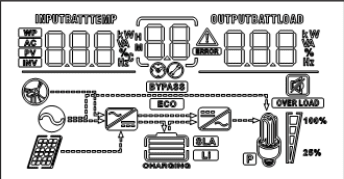eeprom
Electrical
- May 16, 2007
- 482
Hello,
I'm trying to figure out how to tie solar panels and a wind turbine to a building with batteries, but also have these wired so that they are providing power whenever possible. They will provide power if the utility grid is active or not.
My concern is synchronization. If the grid is active, an inverter can synchronize with the grid. But what happens when (1) the grid is off, and (2) if the grid turns back on while the wind and solar are active. How will the synchronization happen? Clearly I am trying to avoid an out of phase closing.
Thanks
I'm trying to figure out how to tie solar panels and a wind turbine to a building with batteries, but also have these wired so that they are providing power whenever possible. They will provide power if the utility grid is active or not.
My concern is synchronization. If the grid is active, an inverter can synchronize with the grid. But what happens when (1) the grid is off, and (2) if the grid turns back on while the wind and solar are active. How will the synchronization happen? Clearly I am trying to avoid an out of phase closing.
Thanks

